Gonorrhoea
Gonorrhoea is a common human sexually transmitted infection caused by the bacterium Neisseria gonorrhoeae. The usual symptoms in men are burning with urination and penile discharge. Women, on the other hand, are asymptomatic half the time or have vaginal discharge and pelvic pain. In both men and women if gonorrhea is left untreated, it may spread locally causing epididymitis or pelvic inflammatory disease or throughout the body, affecting joints and heart valves.
Half of the women with gonorrhea are asymptomatic while others have vaginal discharge, lower abdominal pain or pain with intercourse. Most men who are infected have symptoms such as urethritis, associated with burning with urination and discharge from the penis.
Either sex may also acquire gonorrhea of the throat from performing oral sex on an infected partner, usually a male partner. Such infection is asymptomatic in 90% of cases, and produces a sore throat in the remaining 10%.
The incubation period is 2 to 14 days with most of these symptoms occurring between 4 – 6 days after being infected. Rarely, gonorrhoea may cause skin lesions and joint infection (pain and swelling in the joints) after traveling through the blood stream.
Gonorrhoea is caused by the bacterium Neisseria gonorrhoeae. The infection is transmitted from one person to another through vaginal, oral, or anal sex.
Men have a 20% risk of getting the infection from a single act of vaginal intercourse with an infected woman. The risk for men who have sex with men is higher.
Women have a 60 – 80% risk of getting the infection from a single act of vaginal intercourse with an infected man.
Syphilis
Syphilis is a sexually transmitted infection (STI). It is not as common as some sexually transmitted infections but if left untreated it can cause very serious health problems in both men and women.
Syphilis is caused by bacteria known as Treponemapallidum. This is easily passed from one person to another through sexual contact. Anyone who is sexually active can get it. Both men and women can have syphilis, and pass it on.
The signs and symptoms of syphilis vary depending in which of the four stages it presents (primary, secondary, latent, and tertiary). The primary stage classically presents with a single chancre(a firm, painless, non-itchy skin ulceration), secondary syphilis with a diffuse rash which frequently involves the palms of the hands and soles of the feet, latent syphilis with little to no symptoms, and tertiary syphilis with gammas, neurological, or cardiac symptoms.
If left untreated, syphilis may cause several serious health complications, including damage to the skin and bones; problems associated with the blood vessels such as aortic aneurysms; and neurosyphilis, an infection of the brain or spinal cord.
If you develop the characteristic signs and symptoms of syphilis, review your treatment options with a skilled health care provider. A health care professional trained in clinical nutrition can help you select the best possible dietary supplements for your condition.


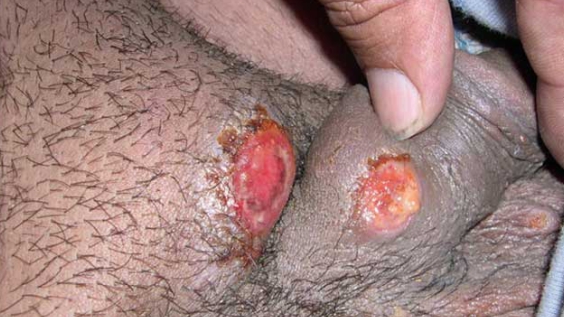
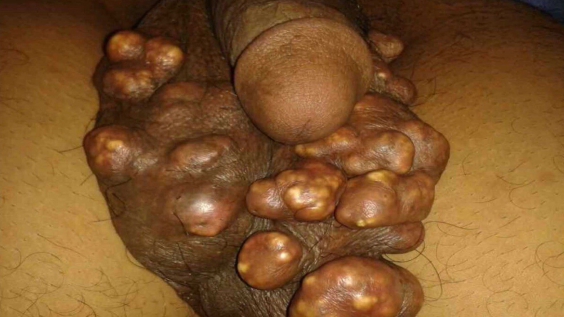
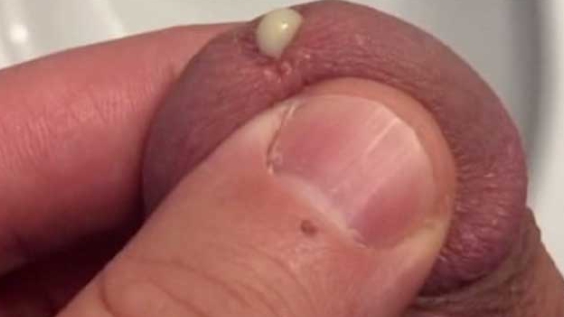
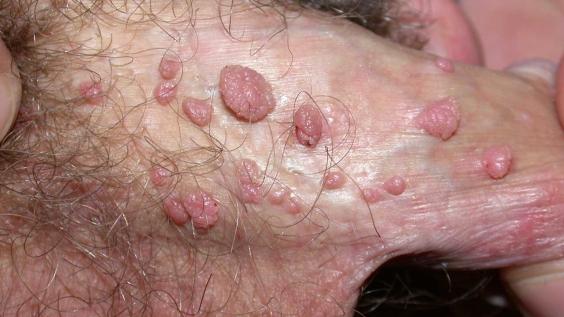
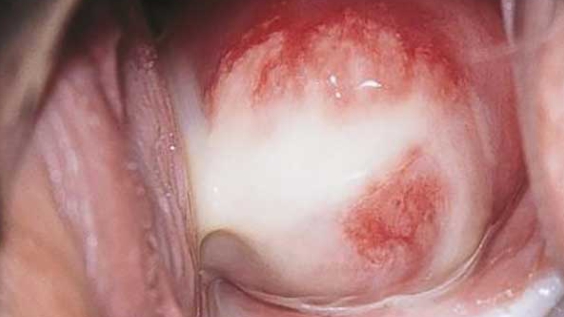

Leave a Reply
You must be logged in to post a comment.